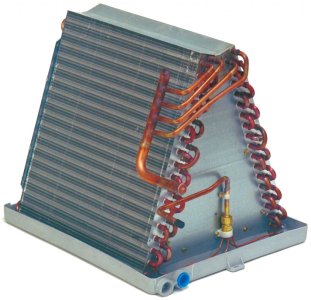slow-poke
Ultra Member
I picked up an almost new compressor yesterday; Sanborn, 60 gallon, 240V, 20A. I was keeping an eye out for an older slower one, but this one came up close by so I can stop searching.
I have a really cheap PA water separator from my old compressor but it is bottom of the bucket cheap I think it was $10 on sale, so I'm looking for something of decent quality that won't leak or break the bank, suggestions please.
At some point I plan to separate the motor and compressor from the tank and then put the tank in the basement and keep the noisy part in the garage, there will be about 10' of 3/4" copper between the two and that should help cool the charge. I'm not sure yet if I will locate the separator near the compressor or the tank, thoughts?

I have a really cheap PA water separator from my old compressor but it is bottom of the bucket cheap I think it was $10 on sale, so I'm looking for something of decent quality that won't leak or break the bank, suggestions please.
At some point I plan to separate the motor and compressor from the tank and then put the tank in the basement and keep the noisy part in the garage, there will be about 10' of 3/4" copper between the two and that should help cool the charge. I'm not sure yet if I will locate the separator near the compressor or the tank, thoughts?



